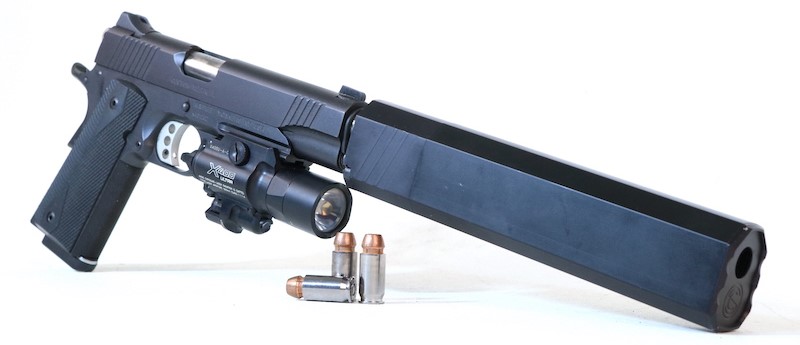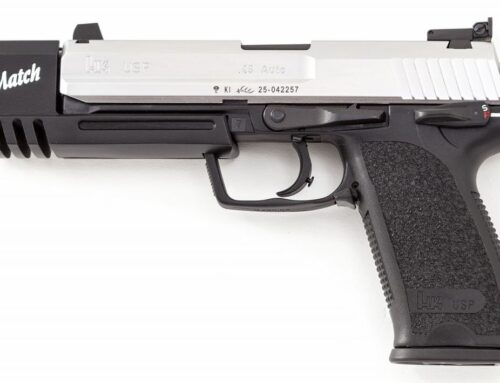The National Firearms Act took a lot of common and acceptable firearms and locked them behind a tedious application process and tax stamp that’s the equivalent of a poll tax to exercise your rights. Among all the firearms locked behind the NFA sit suppressors. Suppressors and sound moderation devices are a great way to make a BANG into a pew. As inflation adjusted, the 200-dollar tax stamp charged by the NFA became less and less of a burden, and suppressors have gotten more and more common. This has led up to the discussion of using a suppressor for home defense.
Is it a wise idea? Should it be something you should consider? Today we are going to break down the pros and cons of using a suppressor for home defense.
The Benefits of a Suppressor
Shooting a gun indoors is incredibly loud. It’s insanely loud, actually. As someone who has fired a weapon indoors without hearing protection, I will tell you now it’s brutal. It’s disorienting and absolutely painful. It’s not enjoyable, and a suppressor can reduce the volume significantly. This can save your hearing in a home defense situation.
Suppressors do not function like film, and TV would have you think. It can still be quite loud when paired with supersonic ammunition. Pairing a suppressor with subsonic ammunition, like 147-grain 9mm ammo, 230-grain .45 ACP, or 220-grain .300 Blackout, can make things a lot more bearable overall.
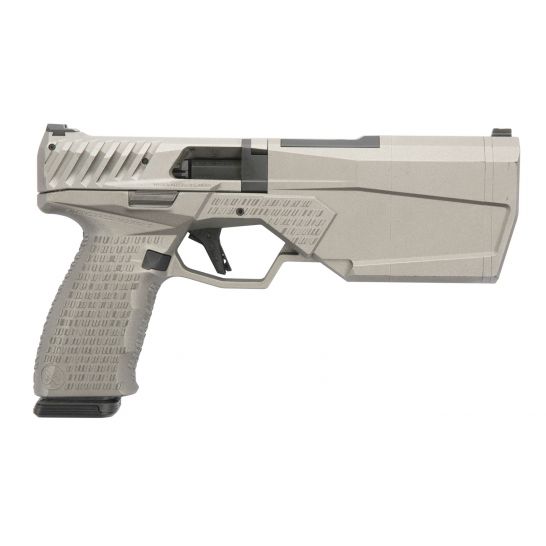
Beyond saving your hearing, it can help preserve your situational awareness in every way. Flash will be reduced to nothing, and you won’t be so disoriented when shooting due to noise beating you up. Suppressors also act a lot like muzzle brakes and reduce recoil and make the gun fairly easy to control and shoot.
A suppressor makes life easier in pretty much every way when it comes to shooting indoors. It is not illegal to use a suppressor for home defense. Remember, you need to legally own the suppressor for this to be valid.
The Downsides
There are also a number of downsides to using a suppressor for home defense. From a tactical perspective, it makes your gun heavier and longer. Longer isn’t always desirable indoors. This tends to affect long guns more than handguns but bears mentioning nonetheless. Longer weapons are harder to maneuver, and that’s a downside when you’re inside.
If you are using a handgun, you’ll need either a red dot or suppressor height sights to aim the weapon. The bulk of a suppressor can block your ability to use sights. One exception to this rule is the SilencerCo Osprey series which has a rather unique design that allows you to use standard height sights.

Suppressors can also create a slight issue with your weapon-mounted light. A weapon-mounted light can be blocked by the suppressor or create a big shadow in front of the gun. That’s a low-light consideration to make.
Outside of the tactical considerations, there are legal considerations. First, not all states allow the ownership of suppressors. Even if they are legal Federally, a state can ban them. Plus, it will likely be confiscated as evidence after a shooting, and that might make an interesting web of issues to have your property returned to you.
These are also very expensive items. Suppressors are not cheap, and you’ll pay a minimum of 200 dollars for the tax stamp on top of an item that’s already expensive. That can sour some wallets.
The Suppressor and You
A suppressor on a home defense firearm is an interesting tactical choice to make. There are some clear benefits to the idea, but also some tricky downsides to think through and overcome. Suppressors are valuable tools to preserve your hearing and maintain your situational awareness. They are not the tools of assassins and certainly not whisper quiet.
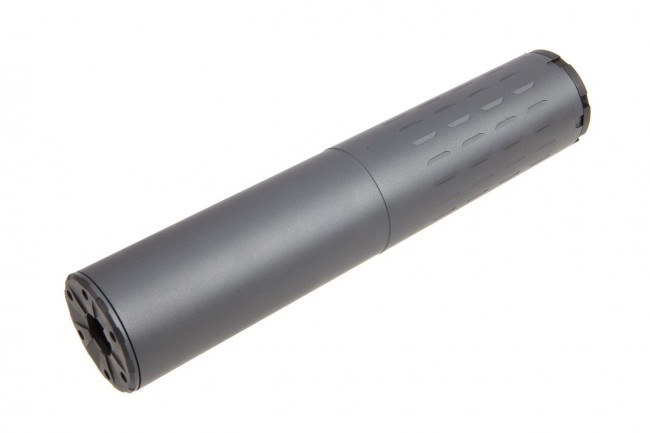
They are just another tool. If you choose to use one, ensure you train with it, learn its ins and outs, and figure out if it works for you. Incorporate the can into your dry fire training and see how it works inside the home by simply walking through and navigating your home with the can attached. Work with your light, and work with it out to make sure it works.
That’s the key to success with anything in the self-defense world.
ABOUT THE AUTHOR:
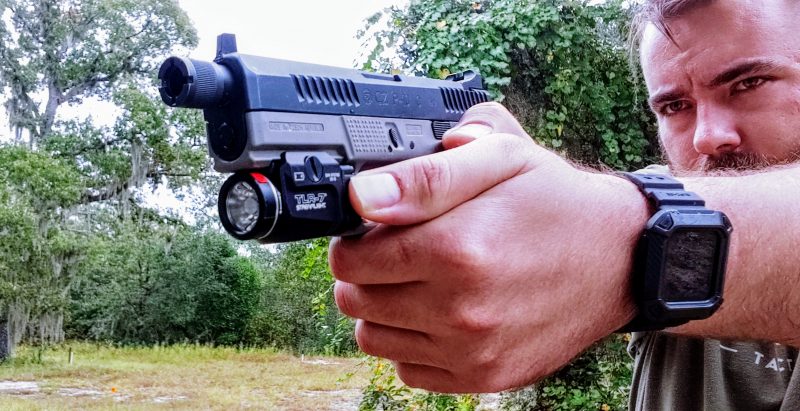
Travis Pike is a former Marine Machine gunner who served with 2nd Bn 2nd Marines for 5 years. He deployed in 2009 to Afghanistan and again in 2011 with the 22nd MEU(SOC) during a record-setting 11 months at sea. Travis has trained with the Romanian Army, the Spanish Marines, the Emirate Marines, and the Afghan National Army.
He serves as an NRA-certified pistol instructor and pursues a variety of firearms-based hobbies.



